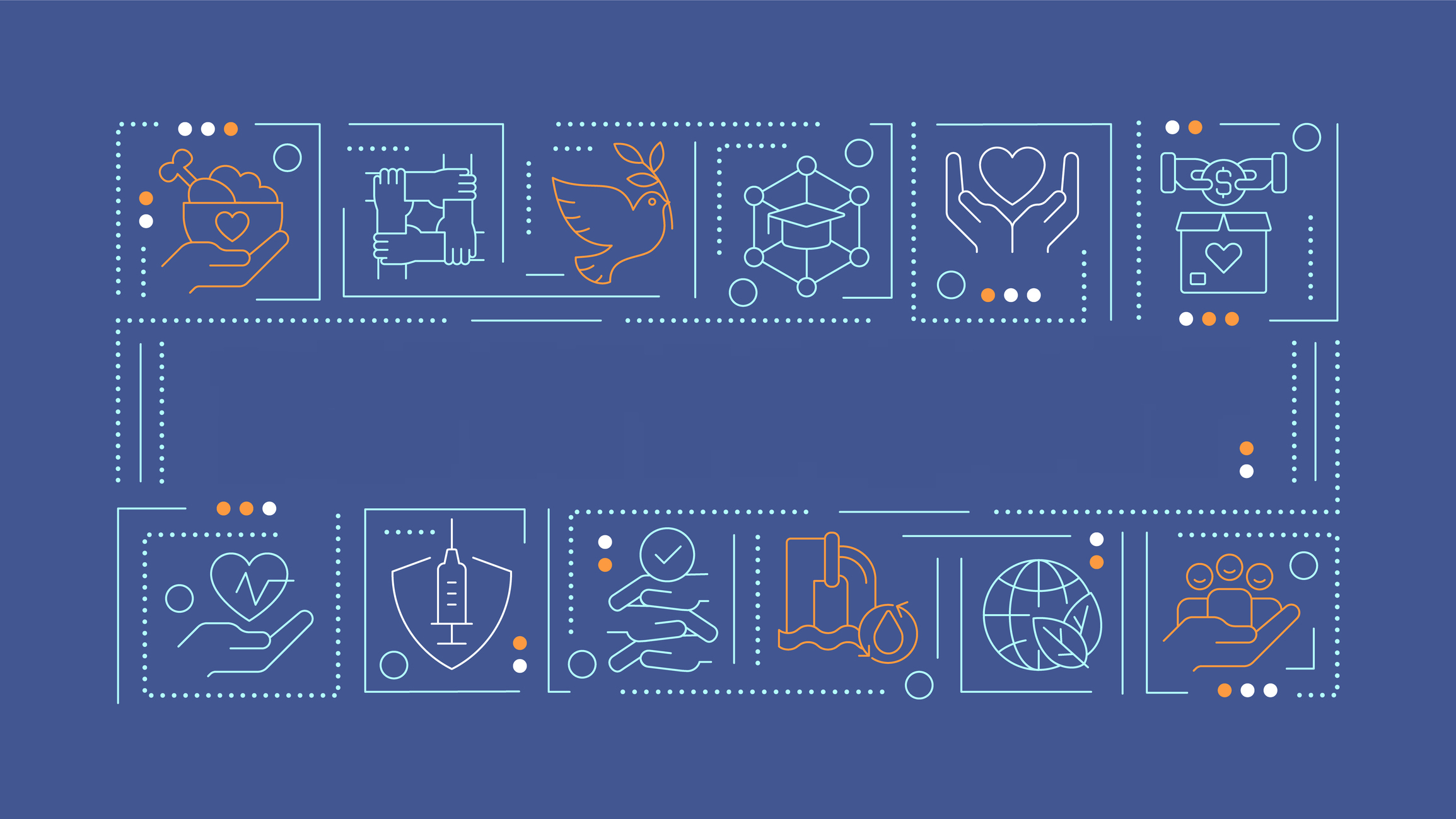Lean Software Development is an approach that prioritizes customer value and seeks to optimize the efficiency of the development process. Rooted in the principles of Lean Manufacturing, which revolutionized production in the automotive industry, this methodology applies similar concepts to the realm of software development. By focusing on minimizing waste—whether it be in time, resources, or effort—Lean Software Development enables teams to deliver more value to their customers in less time.
As businesses strive to keep up with the accelerating pace of technological change and digital transformation, adopting a lean approach offers a strategic advantage. It allows for faster iterations, quicker feedback loops, and a more adaptive development cycle. In an industry where time to market can be as critical as the quality of the product itself, Lean Software Development stands out as a key methodology for organizations looking to stay competitive and responsive to customer needs.
What is Lean Software Development?
Lean Software Development is an agile development methodology that focuses on creating value for the customer while minimizing waste. It is grounded in the optimization of resources, processes, and time to ensure that software development efforts are as efficient as possible. This approach emphasizes the importance of understanding customer needs and delivering high-quality products quickly and efficiently, with the flexibility to adapt to changes and feedback.
The concept of Lean Software Development was inspired by Lean Manufacturing principles, which were pioneered by Toyota in the mid-20th century. These principles revolutionized the manufacturing industry by focusing on the elimination of waste (referred to as "muda" in Japanese) and the continuous improvement of production processes. The goal was to maximize value to the customer through a highly efficient production system that could quickly respond to market demands.
Translating these principles to the realm of software development, the Lean Software Development methodology was formalized in the early 2000s. It applies the core concepts of Lean Manufacturing—such as eliminating waste, empowering teams, delivering fast, and building quality into the development process—to the specific challenges and opportunities of creating software. By doing so, it offers a framework that helps teams to streamline their processes, improve productivity, and enhance the quality of their software products, all while remaining responsive to the ever-changing needs of their customers.
Lean Software Development is not just about doing more with less; it's about a strategic approach to software creation that prioritizes efficiency and customer value above all. By embracing the principles of lean, development teams can foster a culture of continuous improvement, adaptability, and excellence that drives their projects towards success in today's dynamic and competitive environment.
The Seven Principles of Lean Software Development
Lean Software Development is founded on seven key principles that guide teams towards more efficient, effective, and high-quality software development processes. Each principle addresses a specific aspect of the development workflow, ensuring that value is maximized and waste is minimized at every step.
1. Eliminate Waste
Waste in software development can take many forms, such as unnecessary code, excessive documentation, waiting times for approvals, or unutilized features. Eliminating waste means identifying and removing anything that does not add value to the customer. This involves streamlining processes, reducing bureaucracy, and focusing on the essentials that directly contribute to the end product. Examples include adopting practices like code refactoring, maintaining a prioritized backlog, and implementing continuous integration and deployment to minimize downtime and inefficiencies.
2. Amplify Learning
In the context of Lean Software Development, learning is not just about acquiring new skills but about continuously improving and adapting the development process based on feedback and experience. Amplifying learning means creating an environment where experimentation is encouraged, and feedback loops are short, allowing teams to quickly iterate on their work. Techniques such as pair programming, code reviews, and regular retrospectives support this principle by fostering knowledge sharing and collaborative problem-solving.
3. Decide as Late as Possible
This principle is about maintaining flexibility for as long as possible, making decisions based on the most current and complete information available. In the fast-paced world of software development, early decisions can often lead to rework or misalignment with customer needs. By deferring decisions until the last responsible moment, teams can reduce the risk of wasted effort and ensure that their choices are informed by the latest insights and requirements.
4. Deliver as Fast as Possible
Speed in delivery does not mean rushing or cutting corners. Instead, it's about optimizing the development process to bring valuable features to market quickly without compromising quality. Techniques such as breaking down work into smaller, manageable increments and practicing continuous delivery allow teams to accelerate feedback cycles and make incremental improvements, ensuring that the product evolves in alignment with customer needs.
5. Empower the Team
Lean Software Development recognizes that the people doing the work are best positioned to understand how to do it most effectively. Empowering the team means giving them the autonomy to make decisions, solve problems, and take ownership of their processes. This involves trust and support from leadership, as well as a culture that values collaboration, innovation, and accountability.
6. Build Integrity In
Integrity in software development refers to the cohesion and overall quality of the final product. Building integrity in means incorporating quality assurance practices throughout the development process, rather than treating it as a final step. This principle emphasizes the importance of good design, comprehensive testing (including automated tests), and continuous integration to ensure that the software is robust, reliable, and meets the customer's expectations.
7. Optimize the Whole
Optimizing the whole means looking beyond individual tasks and focusing on the entire value stream—the series of steps that a product goes through from conception to delivery. This principle encourages teams to identify bottlenecks, redundancies, or inefficiencies across the development process and to seek improvements that enhance the flow of value to the customer. By taking a holistic view, teams can ensure that their efforts are aligned and that the product is delivered efficiently and effectively.
Lean Software Development Practices
To operationalize the principles of Lean Software Development, several key practices have been adopted by teams around the globe. These practices are designed to enhance flexibility, efficiency, and quality throughout the development process.
Short Iterations
Short iterations are a cornerstone of Lean Software Development, allowing teams to rapidly produce work in small, manageable chunks and receive feedback quickly. This approach facilitates continuous improvement and adaptation to change, as it enables developers to incorporate feedback and make adjustments in real-time.
By breaking down the development process into iterations—typically ranging from one to four weeks—teams can focus on delivering value incrementally, ensuring that each release is aligned with customer needs and expectations.
Continuous Integration and Testing
Continuous integration (CI) and continuous testing (CT) are practices that ensure the stability and quality of the software by automatically testing code changes as soon as they are integrated into the main branch of the project repository.
CI involves merging all developers' working copies to a shared mainline several times a day, minimizing integration conflicts. CT builds on this by running automated tests on each integration, helping to identify and fix defects early in the development cycle. Together, CI and CT support a culture of continuous improvement and help maintain a high level of quality throughout the development process.
Pair Programming
Pair programming is a collaborative coding practice where two developers work together at one workstation to write code. One developer, the "driver," writes code while the other, the "observer" or "navigator," reviews each line of code as it is typed. The roles can switch frequently.
This practice not only enhances code quality by facilitating immediate feedback and knowledge sharing but also helps in identifying potential issues early. Pair programming embodies the lean principle of amplifying learning, as it promotes continuous knowledge exchange and skill development among team members.
Code Reviews
Code reviews are a critical quality assurance practice where developers systematically examine each other's code for potential errors, adherence to coding standards, and overall quality before it is merged into the main codebase. This practice encourages accountability and fosters a culture of collective ownership of the code quality.
By reviewing code, teams can catch and fix errors early, share knowledge and best practices, and ensure that the software meets the project's quality standards. Code reviews are an essential component of building integrity in, as they contribute to producing robust, reliable, and maintainable software.
These practices are not just tools but are integral to the philosophy of Lean Software Development, emphasizing efficiency, quality, and continuous improvement. By adopting these practices, development teams can enhance their processes, produce higher-quality software, and deliver greater value to their customers.
Benefits of Lean Software Development
The adoption of Lean Software Development practices offers a multitude of benefits that can significantly impact the success of software projects. By focusing on value and eliminating waste, lean methodologies not only streamline the development process but also enhance the quality of the final product. Below are some of the key benefits that organizations can expect from implementing Lean Software Development.
Increased Productivity and Efficiency
Lean Software Development prioritizes the elimination of waste, which directly contributes to increased productivity and efficiency within development teams. By removing unnecessary processes, reducing bureaucracy, and focusing on value-adding activities, teams can accomplish more in less time. Practices such as short iterations and continuous integration ensure that efforts are concentrated on delivering features that meet customer needs, thereby optimizing the use of resources and time.
Higher Quality Products
Quality is embedded in the core principles of Lean Software Development. Through practices like continuous testing, pair programming, and code reviews, defects are identified and addressed early in the development process.
This proactive approach to quality assurance means that the final product is not only functional but also robust and reliable. Building integrity into the product from the outset ensures that quality is not an afterthought but a fundamental aspect of the development process.
Reduced Time to Market
Lean Software Development enables organizations to reduce their time to market significantly. By adopting practices such as delivering in short iterations and making decisions as late as possible, teams can rapidly respond to changing customer demands and market conditions.
This flexibility allows for quicker adjustments and refinements, ensuring that the product can be launched swiftly without compromising on quality. The ability to deliver valuable software faster gives companies a competitive edge, allowing them to capitalize on market opportunities more effectively.
Enhanced Customer Satisfaction
At its core, Lean Software Development is about creating value for the customer. By engaging in continuous feedback loops and focusing on delivering features that truly meet customer needs, organizations can ensure higher levels of customer satisfaction.
The lean approach fosters a deeper understanding of customer requirements, which, in turn, leads to the development of products that are more closely aligned with what customers actually want and need. Enhanced customer satisfaction leads to better customer retention, more positive reviews, and ultimately, increased business success.
Implementing Lean Software Development
Adopting Lean Software Development practices within an organization involves a strategic shift in mindset and operations. Implementing this methodology effectively requires careful planning, commitment, and a willingness to adapt.
Steps to Adopt Lean Practices in the Development Process
-
Understand Lean Principles
Begin by educating the team on the seven principles of Lean Software Development. Understanding the philosophy behind Lean is crucial for its successful implementation. -
Assess Current Processes
Evaluate your current development processes to identify areas of waste and inefficiency. This assessment will help you understand where Lean practices can be most beneficial. -
Set Clear Objectives
Define clear, measurable objectives for what you want to achieve with Lean Software Development. Objectives could range from reducing project delivery times to enhancing product quality. -
Start Small
Implement Lean practices gradually, starting with one or two projects or teams. This allows you to test and refine your approach in a controlled environment before rolling it out more broadly. -
Empower Your Team
Lean Software Development relies heavily on team empowerment. Encourage decision-making at the team level and support a culture of trust and accountability. -
Implement Continuous Improvement Practices
Incorporate practices like short iterations, continuous integration, and testing into your development process. These practices are essential for maintaining the flow of value and facilitating rapid feedback. -
Measure and Adjust
Use metrics to track the impact of Lean practices on your development process and product quality. Regularly review these metrics and adjust your approach as needed to ensure continuous improvement.
Overcoming Common Challenges
-
Resistance to Change
Change can be difficult, and some team members may resist adopting new practices. Address this challenge by clearly communicating the benefits of Lean Software Development and involving the team in the transition process. -
Lack of Commitment
For Lean to be effective, it requires commitment from all levels of the organization. Secure buy-in from senior management and ensure that teams are provided with the resources and support they need. -
Difficulty in Identifying Waste
Initially, it may be challenging to identify what constitutes waste in your development process. Foster an environment where team members feel comfortable discussing inefficiencies and suggesting improvements. -
Maintaining Quality Under Speed
There's a common misconception that speed can compromise quality. Emphasize quality-focused practices like continuous testing and code reviews to ensure that quality is built into the process from the start. -
Balancing Flexibility and Decisiveness
The principle of deciding as late as possible should not lead to indecision. Encourage teams to gather information efficiently and make informed decisions within a reasonable timeframe.
Implementing Lean Software Development is an ongoing journey that requires dedication, flexibility, and a continuous pursuit of improvement. By following these steps and addressing challenges proactively, organizations can successfully integrate Lean principles into their development processes, leading to more efficient, high-quality software production that truly meets customer needs.




